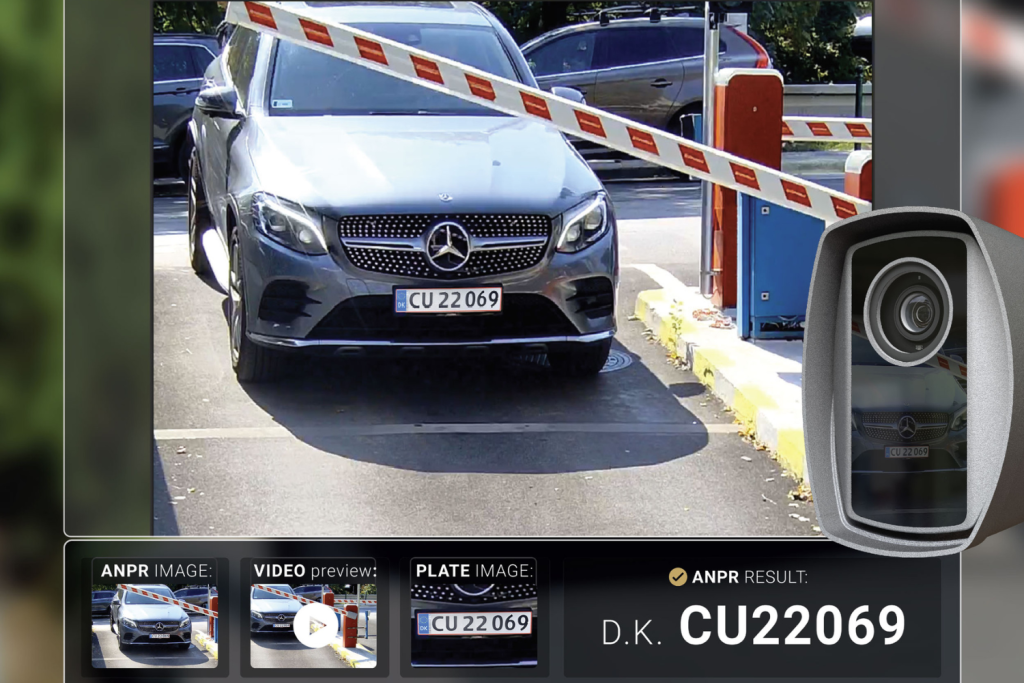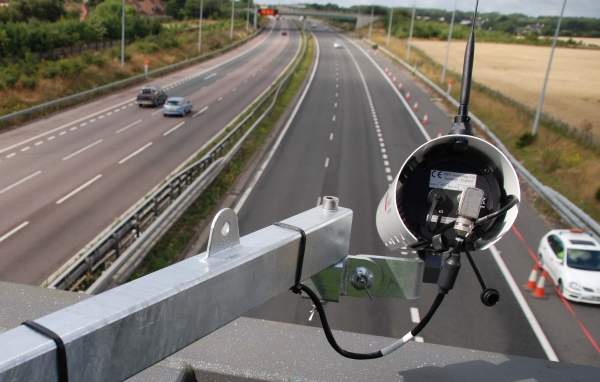Camera Calibration Mastery: Enhancing Accuracy in ANPR Software
Automatic Number Plate Recognition (ANPR) technology has revolutionized various industries, ranging from law enforcement to parking management and traffic monitoring. The accuracy of ANPR systems depends on various factors, and one critical aspect is camera calibration. In this comprehensive blog post, we will delve into the complexity of ANPR software, emphasizing the importance of camera calibration in ensuring accuracy.
Understanding ANPR Technology
Overview of ANPR
Automatic Number Plate Recognition, commonly known as ANPR or ALPR (automatic license plate reader), is a technology that uses optical character recognition on images to read vehicle license plates. The system converts the plate’s image into alphanumeric data, allowing for quick and efficient identification of vehicles.

Applications of ANPR
Law Enforcement: ANPR is widely used by law enforcement agencies to identify and track vehicles involved in criminal activities or traffic violations.
Parking Management: ANPR facilitates automated entry and exit in parking lots, eliminating the need for physical tickets.
Traffic Monitoring: ANPR helps monitor and manage traffic flow, contributing to better city planning and infrastructure development.
The Role of Camera Calibration in ANPR Accuracy

Basics of Camera Calibration
Definition: Camera calibration is the process of determining the camera’s internal and external parameters to ensure accurate image measurement.
Internal Parameters: These include focal length, optical center, and lens curve, which are essential for accurate image generation.
External Parameters: These involve the camera’s position and orientation in the world, providing structural context to the captured images.
Impact on ANPR Accuracy
Perspective Correction: Camera calibration corrects distortions caused by perspective, ensuring that license plates are accurately represented in images.
Distance and Angle Considerations: Proper calibration addresses issues related to varying distances and angles between the camera and the license plate, enhancing recognition accuracy.
Lighting Conditions: Calibrating cameras helps account for different lighting conditions, ensuring reliable ANPR performance in various environments.
Techniques for Camera Calibration in ANPR

Mathematical Models
Pinhole Camera Model: Describes the relationship between 3D world coordinates and 2D image coordinates, forming the basis for camera calibration.
Camera Calibration Algorithms: Discuss popular algorithms like Zhang’s method and the Direct Linear Transform (DLT) algorithm used for accurate calibration.
Calibration Targets
Checkerboard Patterns: The use of checkerboard patterns simplifies the calibration process, providing easily detectable features for accurate parameter estimation.
Dot Grids and Circular Patterns: Alternative calibration targets that offer distinct advantages in certain scenarios.
Challenges in Camera Calibration for ANPR
Real-world Environments
Weather Conditions: Adapting calibration to varying weather conditions, such as rain or snow, is crucial for ANPR systems operating outdoors.
Dynamic Environments: Handling changes in lighting, traffic density, and other dynamic factors that affect camera calibration.
Hardware Limitations
Low-Quality Cameras: Addressing challenges posed by low-resolution or poorly calibrated cameras to maintain ANPR accuracy.
Installation Issues: Ensuring proper camera placement and installation to avoid distortions and misalignments.
Best Practices for Effective Camera Calibration

Regular Maintenance
Periodic Calibration Checks: Implementing routine checks to ensure that cameras remain accurately calibrated over time.
Automated Calibration Systems: Exploring the use of automated calibration systems to streamline maintenance processes.
Integration with ANPR Software
Seamless Integration: Ensuring that calibration parameters are effectively integrated into ANPR software for real-time adjustments.
Continuous Improvement: Adopting a feedback loop for continuous improvement based on real-world performance and user feedback.
Future Trends and Innovations in ANPR
Machine Learning Integration
Deep Learning: Exploring the integration of deep learning techniques for improved license plate recognition and calibration adjustments.
Adaptive Systems: Implementing adaptive systems that can self-calibrate based on changing environmental conditions.
Advanced Sensor Technologies
Multi-Sensor Fusion: Combining data from various sensors, such as cameras and measuring devices, to enhance overall system accuracy.
3D Imaging: Investigating the use of 3D imaging technologies for more robust calibration and recognition capabilities.
Conclusion
In conclusion, the accuracy of ANPR cameras is a critical factor in their effectiveness across various applications. Camera calibration emerges as a fundamental component in achieving and maintaining this accuracy. As technology continues to evolve, the integration of advanced calibration techniques and innovative solutions will play a pivotal role in shaping the future of the ANPR system. Staying abreast of these developments is essential for organizations and professionals involved in implementing and maintaining ANPR technology for optimal performance.

